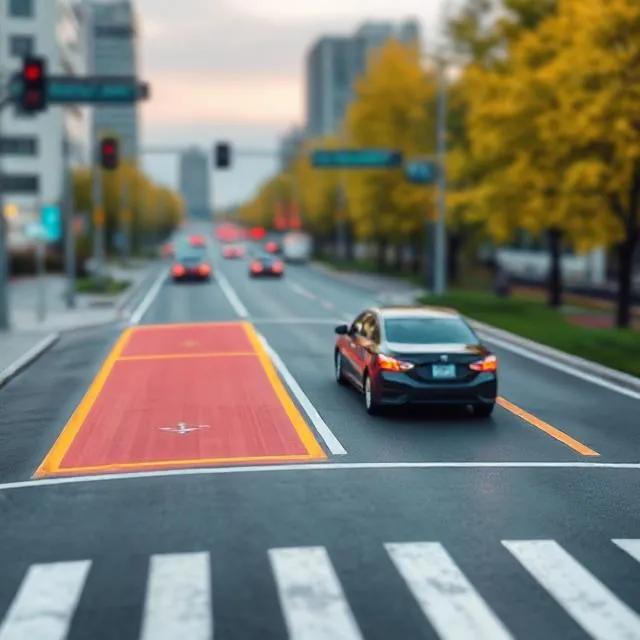The automotive industry is undergoing a seismic shift, and Artificial Intelligence (AI) is at the heart of this transformation. By 2025, AI has become a cornerstone of innovation, turning vehicles into intelligent machines that are safer, more efficient, and more personalized than ever before. From autonomous driving to predictive maintenance, AI is reshaping the way we drive, especially in tech-savvy regions like the GCC, UAE, and Qatar.
In this article, we’ll explore how AI is revolutionizing modern vehicles and what it means for drivers in the Middle East.

AI is the driving force behind self-driving cars, enabling vehicles to interpret complex environments and make real-time decisions. Companies like Wayve are leading the charge, using AI-powered cameras and sensors to allow cars to navigate roads without human intervention.
In the GCC, where cities like Dubai and Doha are embracing smart city initiatives, autonomous vehicles are becoming a reality. For example, Dubai’s RTA (Roads and Transport Authority) has already tested self-driving taxis, paving the way for a future where AI-driven cars dominate the roads.
AI is revolutionizing Advanced Driver Assistance Systems (ADAS), making driving safer and more convenient. These systems include:
In the UAE and Qatar, where highways are often busy, these features are becoming essential. For instance, BYD’s Level 2+ automation handles tasks like overtaking and parking, making driving in urban areas like Abu Dhabi and Doha less stressful.

AI is making vehicles more intuitive and user-friendly by offering personalized experiences. Features include:
In the GCC, where luxury and comfort are highly valued, these AI-driven features are becoming a standard in modern vehicles.
AI is transforming vehicle maintenance by predicting issues before they occur. Using real-time data analysis, AI can:
For drivers in the UAE and Qatar, where extreme heat can strain vehicles, predictive maintenance is a game-changer. Companies like Applied Intuition are developing AI tools to improve vehicle reliability, ensuring a smoother ownership experience.

AI is optimizing vehicle performance by analyzing driving patterns and adjusting engine parameters.
In the GCC, where fuel efficiency is a priority, AI is helping drivers save money and reduce their carbon footprint.
AI is shaping Vehicle-to-Everything (V2X) communication, allowing vehicles to interact with:
Other Cars (V2V):
Reducing collisions and enhancing road coordination.
Infrastructure (V2I):
Optimizing traffic lights and reducing congestion.
Pedestrians (V2P):
Enhancing safety through real-time alerts.
In smart cities like Dubai and Doha, AI-powered traffic management systems are reducing congestion and improving road safety.

AI is transforming the automotive industry, making vehicles safer, smarter, and more efficient. In the GCC, UAE, and Qatar, where innovation and luxury go hand in hand, AI-driven cars are becoming the norm.
As AI continues to evolve, the future of driving looks brighter than ever. From autonomous vehicles to predictive maintenance, AI is revolutionizing mobility in ways we never thought possible.